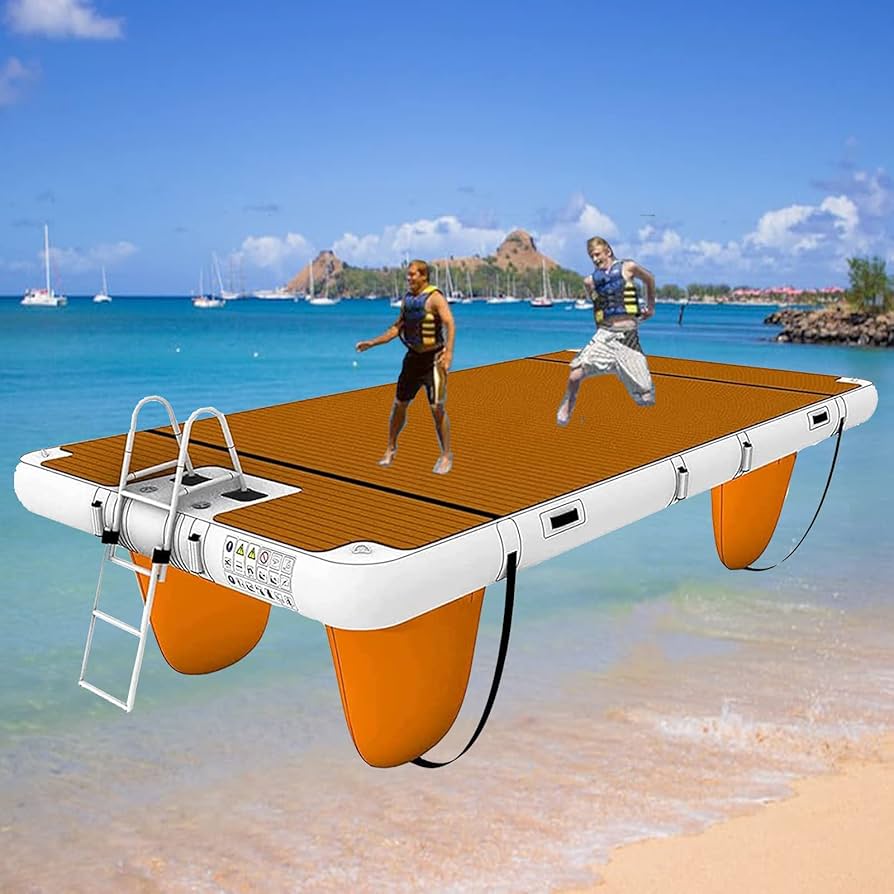Dock pilings are essential structural components of piers, docks, and marinas, providing support and stability in marine environments. However, their exposure to saltwater can lead to significant deterioration over time, primarily through corrosion and decay. To ensure the longevity and safety of dock structures, it is crucial to implement effective protective measures for dock pilings. Here are some best practices for safeguarding them from saltwater corrosion and decay. One of the most important steps in protecting dock pilings is to choose durable materials. While wood has been a traditional choice for dock pilings, it is highly susceptible to both rot and marine borer infestations when exposed to saltwater. A more resilient option is to use treated wood or composite materials that are specifically designed to withstand harsh marine conditions. Pressure-treated wood, for instance, is impregnated with preservatives that help prevent rot and decay.

Alternatively, pilings made of materials such as concrete, steel, or fiberglass are inherently more resistant to saltwater and can offer long-term durability with less maintenance. Another effective practice is to coat or wrap the dock pilings. Applying protective coatings or wraps can serve as a barrier between the piling material and the corrosive effects of saltwater. For wood pilings, applying marine-grade sealants or waterproof coatings can significantly reduce moisture absorption and slow down the process of decay. Steel pilings, which are prone to rust and corrosion, can benefit from anti-corrosion coatings such as epoxy or zinc-based paints, which create a protective layer over the metal. Additionally, piling wraps made from high-strength polyethylene or similar materials can encase the piling entirely, offering full protection against both water infiltration and marine organisms that cause decay. Routine maintenance is also essential for prolonging the life of dock pilings.
If damaged areas are found, they should be treated immediately with appropriate repair techniques, such as reinforcing the pilings with jackets or applying additional protective coatings. Routine cleaning to remove algae, barnacles, and other marine growth from the surface of the pilings is also important, as these organisms can accelerate decay and corrosion. In addition to the physical protection of dock pilings, considering the environmental factors surrounding the hiseadock is key. If possible, reducing the direct exposure of pilings to harsh marine conditions, such as by installing wave barriers or breakwaters, can help minimize the impact of saltwater and debris. These measures can mitigate the wear and tear on pilings, reducing the overall rate of decay. By combining the use of durable materials, protective coatings, regular maintenance, and environmental mitigation, dock pilings can be safeguarded from saltwater corrosion and decay.